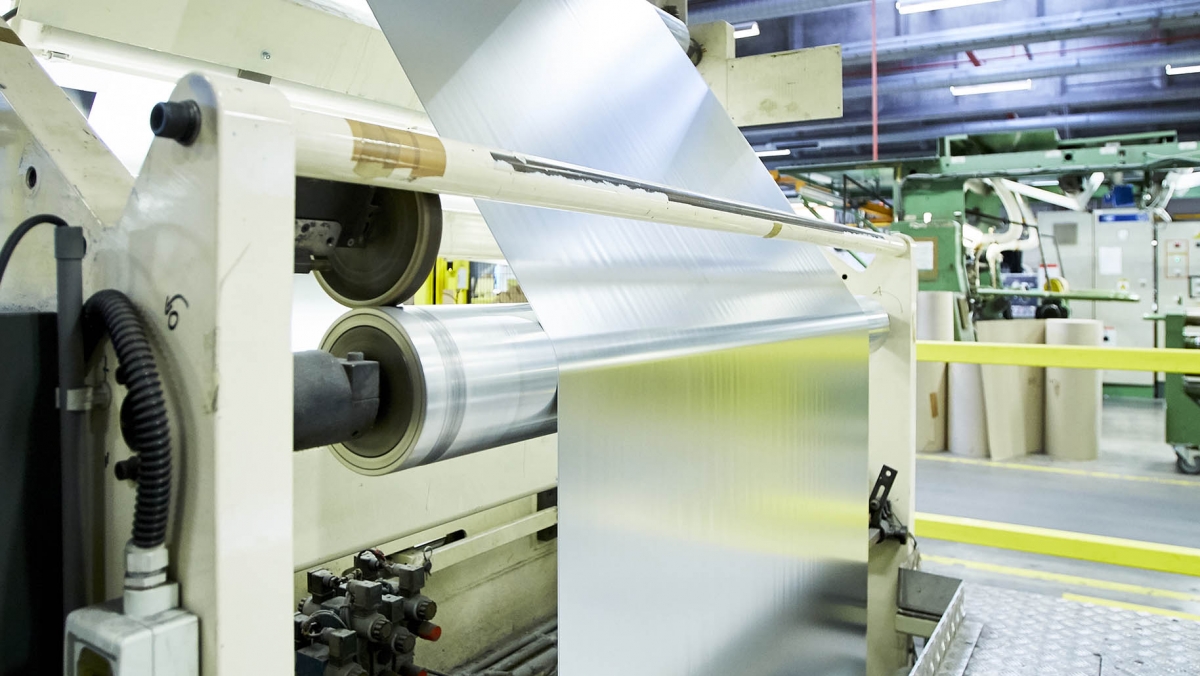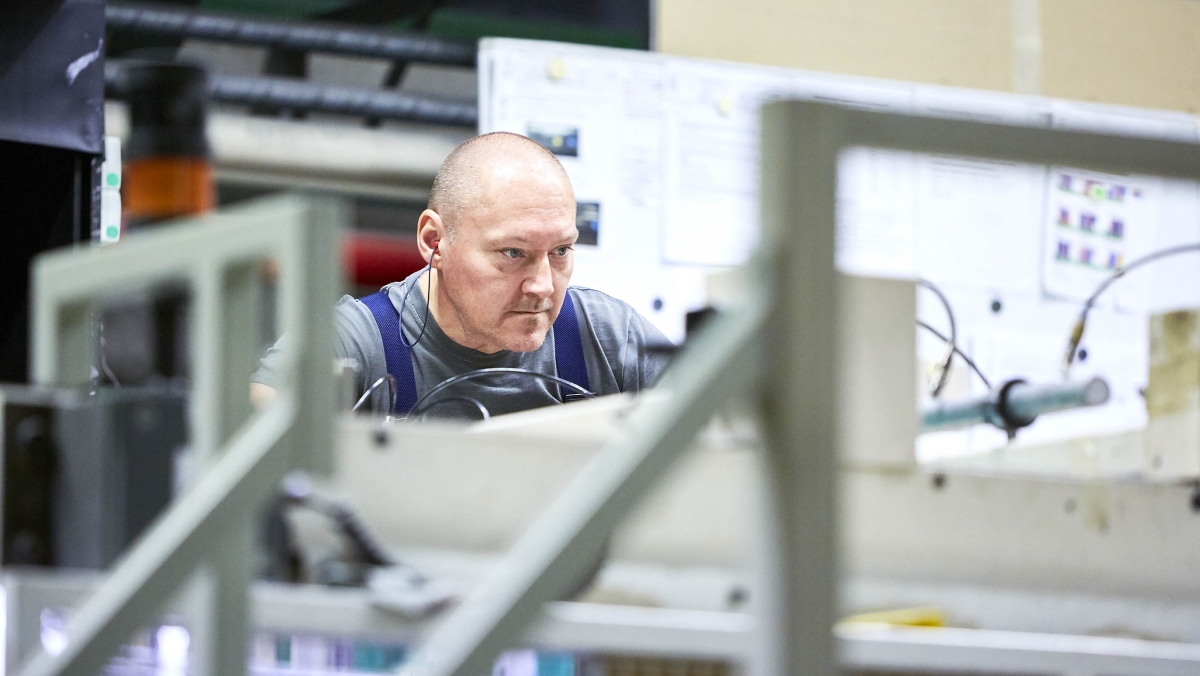How manufacturers are reducing their carbon emissions
Around the world, countries are seeking to lessen their impact on the environment and reduce their carbon footprint - i.e the greenhouse gas (GHG) emissions generated by individuals, events, organizations, production and consumption of services and human activities in general. While awareness is growing about the need for a collaborative effort to reduce emissions, manufacturers in particular are adopting policies that enable them to mitigate their impact on the environment. And for good reason - in the United States, the industrial sector was responsible for 23% of emissions in 2019. Here are four ways manufacturers are working to reduce their greenhouse gas emissions:

1. Eco-design
Eco-design takes into account the environmental impact of a product or service across its entire lifecycle, integrating environmental aspects into both design and development. This enables manufacturers and engineers to evaluate impact at all stages of a project lifecycle and imagine alternative processes and materials to minimize impact where needed.

2. Use of sustainable materials
Technological advances are making it much easier for businesses to substitute base materials with alternatives with lower environmental impact. When it comes to packaging, for example, many businesses are opting for recyclable materials such as metallized paper over multimaterial products containing polymers.

3. Energy optimisation
Energy efficiency is essential to reducing greenhouse gas emissions as is increasing our use of sustainable and renewable energy sources. This can include the use of photovoltaic power plants, smart lighting systems and wind turbines, for example.

4. Waste reduction
Effective handling of waste involves adopting a circular or “closed loop” attitude that aims not only to reduce the amount of waste produced, but also reintegrate by-products into the manufacturing process.